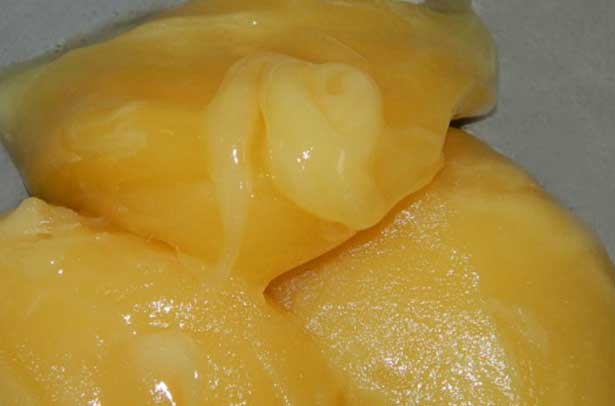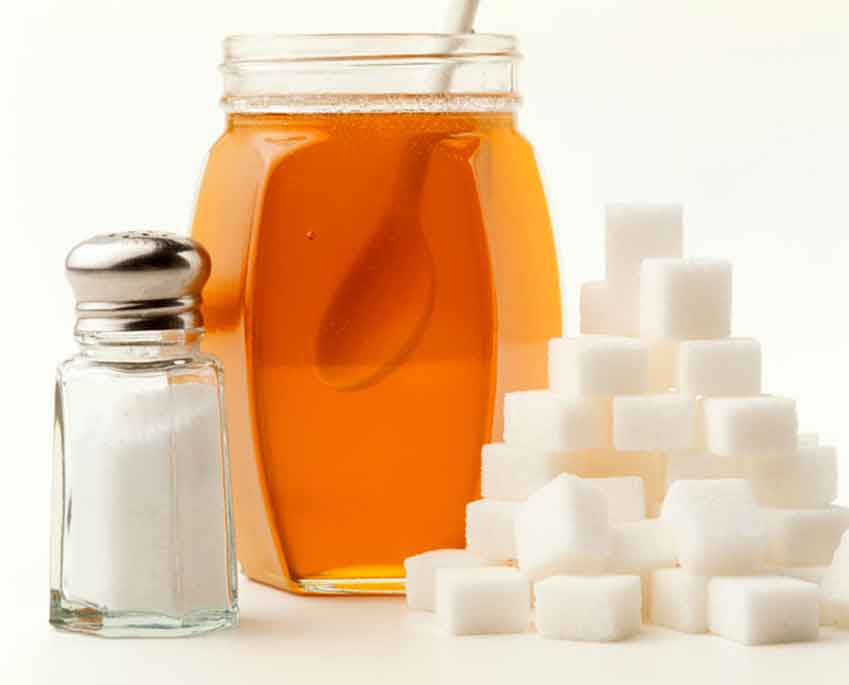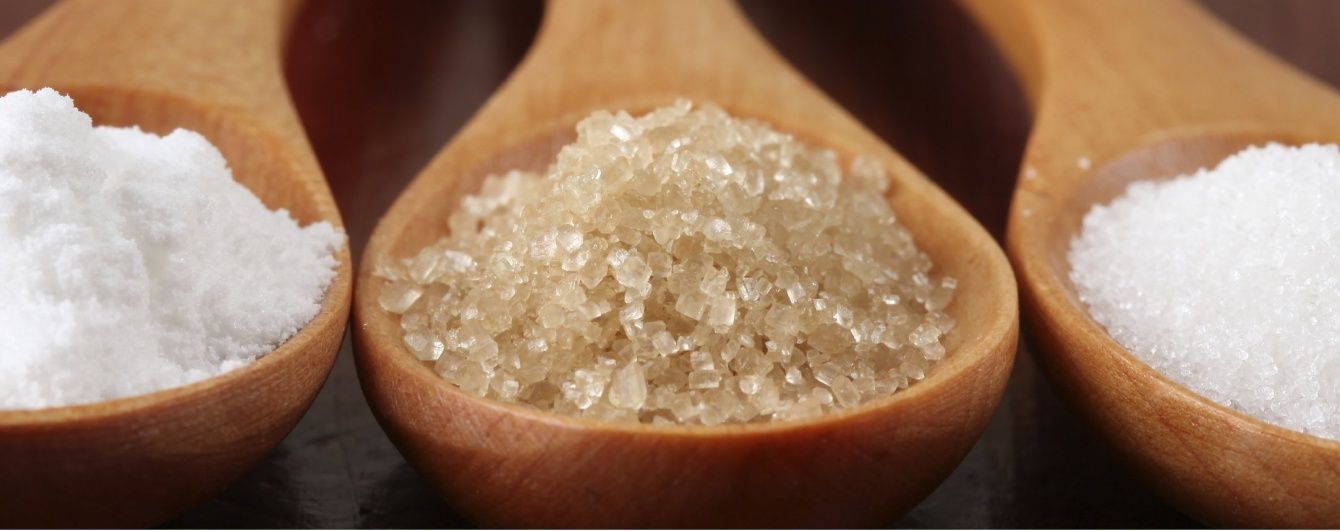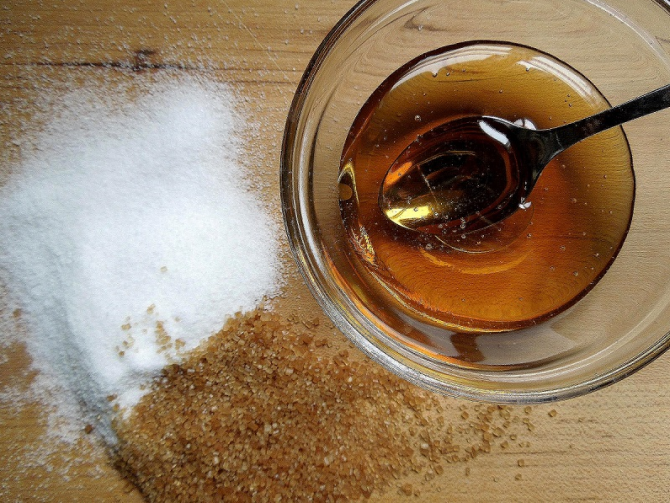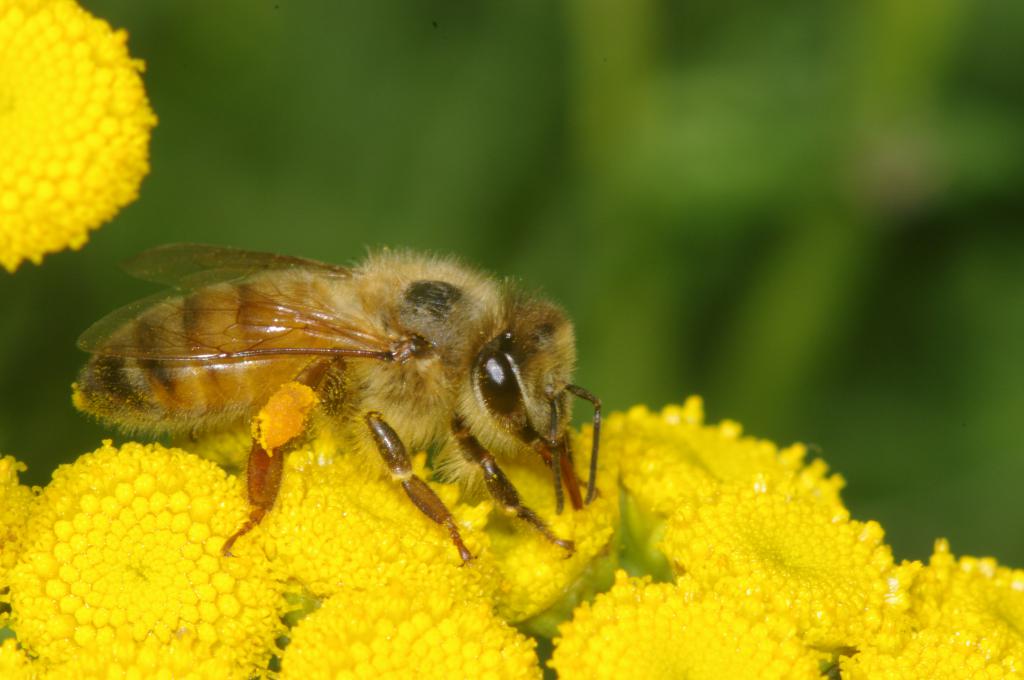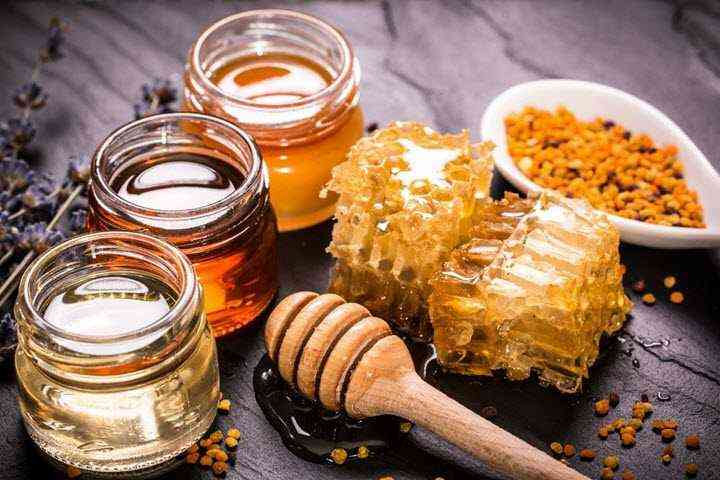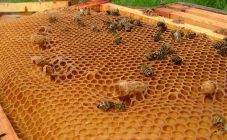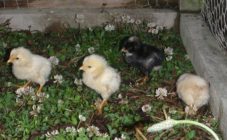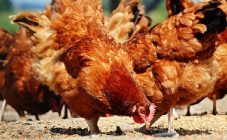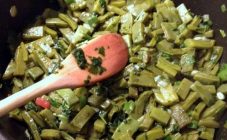Content:
Since honey is a very popular and useful product, it is often counterfeited, diluted with caramel and sugar. Experienced beekeepers reveal their secrets on how to test honey for sugar. First, you need to look closely at the product, watch how it changes over time and in different conditions.
How to check
The first sign of poor product quality is its fast solidification. Often, small crystals begin to appear in a jar of honey purchased on the market after 2-3 days. This is an important difference between a natural product and an artificial one.
Those who are interested in how to check the quality of honey at home for sugar content should conduct a little experiment. Put a drop of the product on your hand and slowly rub it into the skin. If there are no traces (except for stickiness), then the product is really of high quality. If it contains any additives and sweeteners, then you will notice them on the surface of your hand.
Some other experiments can be done:
- You can determine the quality of honey by placing a spoon in the liquid containing this product. Then you need to lift it up and trace how the honey will drain down. If it is of high quality, then the trickle should be even, the honey itself should be homogeneous, moderately liquid. Falling down, it should form a slide, on which spirals will be noticeable. If the product contains impurities, it will drain very slowly and you will notice sugar content.
- You can check if the honey contains sugar by dipping a spoonful of amber honey into tea. Stir the drink. A quality bee gift should dissolve completely. If any part of it falls to the bottom of the cup, then it is a fake.
- A few drops of honey should be dripped onto a clean sheet of paper. If it contains sugar, then the leaf will get wet through and through.
- A few drops of lemon juice or vinegar can be added to a small amount of a sweet product. Noticing that the solution is foaming, you can be sure that the unscrupulous seller has added chalk.
- A few drops of iodine added to a solution of water and honey can change the color of the product to blue. Thus, such additive as starch shows itself.
How much sugar is in honey
Sucrose (or cane sugar) belongs to the category of complex carbohydrates. For its digestion, the human body makes much more effort than for the digestion of glucose, for example. For those who are interested in how much sugar is in honey, it should be said that sucrose in the product is no more than 3%. Fresh honey has a little more of it than settled honey. The exact percentage of sugar depends on which bees collected honey, from which flowers (apiaries), in which region and during what period.
It is generally accepted that nectar from the northern regions of Russia is collected from ordinary herbs, because the sugar level in this is much lower. You can find honey on the market that contains no sucrose at all. It belongs to high quality products and can be used for dietary nutrition.
Natural sucrose in the human body is digested, in comparison with refined sugar, quickly. Enzymes and amino acids are involved in its digestion.
Which is sweeter: honey or sugar
Both sugar and honey are popular and very sweet foods. In many cases, they can be used interchangeably. Meanwhile, they affect the human body in different ways. So, the main components of a nectar dessert are fructose and glucose (honey consists of about 90-93% of them). These carbohydrates become a source of energy. For their processing, such components do not require insulin, therefore honey does not have such a negative effect on the pancreas as sugar does. The latter, entering the body, must decompose into glucose and fructose. However, for this work, the pancreas has to activate its efforts. Limited quantities of honey are allowed even with pancreatitis.
If we talk about the taste itself, then the sweetest component of honey is fructose, not sucrose. There is no such component in sugar, so it can be argued that honey is sweeter than its white substitute.
Why is bee nectar better than sugar
Since honey and sugar are broken down into glucose and fructose, many people with a sweet tooth are interested in how honey is better than sugar. Answering, you can name at least 3 such facts:
- Low glycemic index (GI). This is one of those criteria that show exactly how food affects the human body. The higher it is, the more difficult it is to digest food. A high GI forces the pancreas to work hard to produce insulin. Frequent consumption of food with a high GI leads to the development of diabetes mellitus, as well as to various diseases of the cardiovascular system.
Important! The glycemic index of a bee product is 49-55 units, refined and sugar - 60-70 units.
- Diet. The calorie content of the thick amber product is higher than that of its “opponent”. So, one teaspoon of quality honey contains about 27-30 calories, 100 grams - 328 calories. One teaspoon of powdered sugar contains about 16-20 calories. Experts explain this fact by the density of the natural product. Despite the large number of calories, it can be used for dietary nutrition, because it is difficult to eat many spoons of such sweetness. In addition, due to its rich content, the product quickly provides satiety and makes you forget about food for a long time.
- Rich content. It is difficult to find any other product that could contain as many nutrients as bee sweets. In its composition, honey contains virtually all vitamins of group B, as well as C, PP, H, E, A, 37 micro- and macroelements, in particular, aluminum, phosphorus, potassium, chlorine, calcium, zinc, copper, magnesium. Sugar does not contain trace elements at all. For this reason, white sugary supplements are sometimes referred to as empty calories. Honey is often used for the treatment of many diseases, as well as for general strengthening of the immune system.
Calculating the amount of honey eaten is not difficult. This is a significant difference with sugar. Sucrose is found not only in white sweet powder, but also in many fruits, vegetables, and other products of natural origin. Thus, it is much more difficult for a person to calculate the exact amount of sucrose consumed.
The optimal amount of a sweet product per day directly depends on several factors: what kind of lifestyle a person leads, whether there is a lot of physical activity in his life, what products, besides honey, he eats, age, and the like.
Honey is sweet but low in sucrose
Many people are interested in why honey is so sweet, if the percentage of sucrose itself is so insignificant. The fact is that another ingredient, fructose, adds a sweet taste to the product. According to nutritionists, this carbohydrate (fructose) is several times sweeter than sucrose. Bee nectar contains more of this component. In some varieties of the finished product, its percentage is 50%. A type of monosaccharide is fructose. In its pure form, this component can also be abundant in fruits, fruits or berries, and in flower nectar.
The undoubted advantage of fructose is that it is absorbed slowly and does not cause rapid release of sugar into the blood. It serves as a source of so-called "slow energy" and does not require insulin at all. This positive property is used by confectioners and bakers to create sweet treats for patients with diabetes.
Another frequent question on thematic forums: is there glucose in honey? Of course yes. In the composition of honey, it takes the second place. Its volume ranges from 40-45%. In contrast to fructose, glucose becomes a "fast energy" source. It is it that is used in order to assess the glycemic index of a particular food product.
Absorption of glucose into the blood is actually instantaneous. If liver cells take part in the process of metabolism of fructose, then in the case of glucose, insulin cannot be dispensed with.
If we talk about the beneficial properties of glucose, then do not forget about the following:
- positive effect on the human nervous system;
- combating toxins and participating in their neutralization;
- a positive effect on the supporting functions of the immune system;
- improving the work of the cardiovascular system.
In addition to honey, this healthy carbohydrate can also exist in: marmalade (79 grams out of 100), gingerbread (77 grams out of 100), pasta (65 grams out of 100), rice (62 grams out of 100), corn (61 grams out of 100 ), as well as in many varieties of berries, vegetables and fruits.
If we talk about the general composition of honey, then one should point out such an approximate ratio of its components:
- fructose - 37-50%;
- glucose - 31-45%;
- water - 13-20%;
- sucrose - 0.1-1%;
- other sugars - 7-8%;
- other components - up to 3%.
Converting sucrose to bee nectar
Honey production is not as easy as it might seem at first glance. Driven by instincts, hardworking bees collect flower nectar with their food receptacles. During the transfer of the sweet liquid to the hive, part of the nectar is consumed by the bees themselves, because they also need something to feed themselves. In the process of transferring liquid, the insect enriches it with secretions from its glands, and also leads to a state of a homogeneous solution.
The next stage provides for the competent processing of nectar into that sweet product that is collected by people. In it, flying bees transfer nectar to non-volatile insects, which work directly in the hive. The latter must again enrich the sweet substance with their own enzymes, because they carry nectar in their stomachs. During such work, water begins to be removed from the nectar (at the initial stage (in the flower), its content is approximately 40-80%).
The sweet liquid is poured into the so-called honeycomb - honey storage cells. There is also a bee swarm's nest. For the product to be of high quality, it is imperative to monitor the temperature in the hive. For this reason, flightless bees actively flap their wings, acting as a fan for the nest.
Thus, processing nectar with your body, bees ensure the execution of several basic technological processes at once:
- Dehydration. An extra percentage of water evaporates from the nectar, its chemical composition changes, and the liquid itself becomes thicker.
- Hydrolysis.Sucrose, which is abundant in nectar, is broken down into simpler components (including fructose and glucose).
To put it simply, explaining the process of processing sucrose into honey, we can say that it involves the repeated transfer of liquid by bees from one cell to another. Moreover, each insect again and again enriches honey with additional enzymes.
The end result of all this work is honey with a balanced content. To keep mature honey longer (this is what the processed nectar is called ready-to-use), the bees themselves seal it in honeycomb cells. Wax caps (another standalone bee product) protect the liquid from fermentation.
When taking out the product, beekeepers open such wax plugs, allowing the honey to drain fully into the container.
The whole process of making a product according to various sources of beekeepers takes from 7 to 14 days. The longer the bees work on its production, the better the quality of the product at the end.
Well-processed nectar should not contain more than 21% water. If it contains 17% or less, then it is a high quality product.
Summing up, we can say that the amber sweet dessert does not contain any product harmful to the human body. Moreover, this product is very beneficial for the human body. The still sweet processed nectar tastes good and is uplifting. A healthy person can use honey daily, replacing sugar with it.
